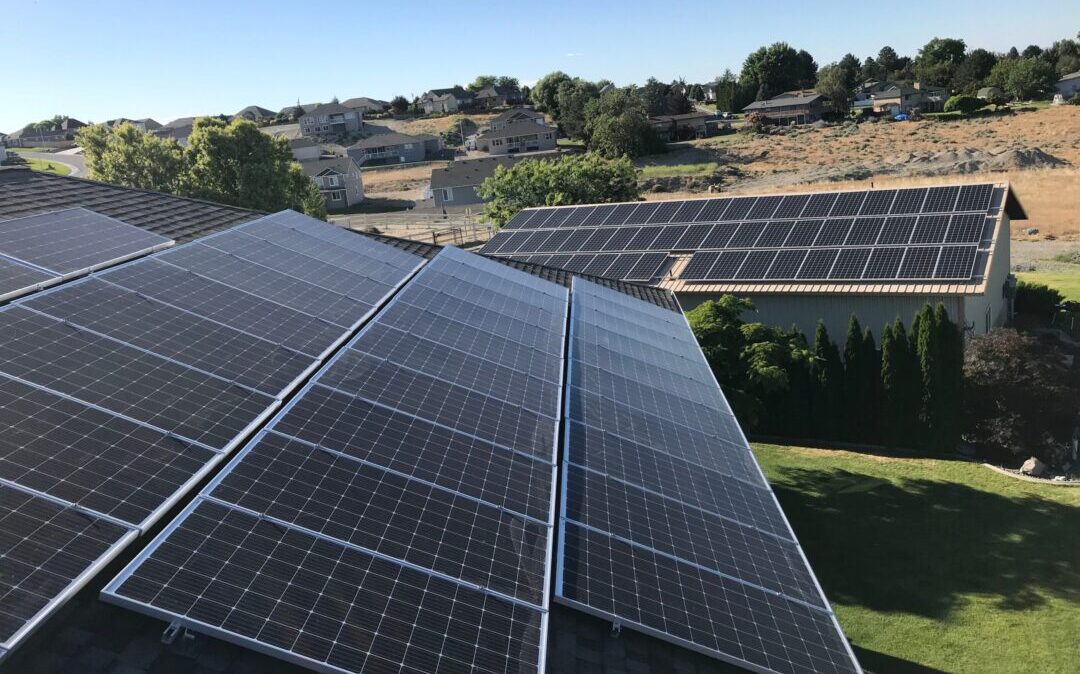Steps and considerations for installing residential solar systems, from planning to implementation
In recent years, solar energy has gained popularity as a sustainable and cost-effective alternative for powering homes. If you are a homeowner interested in harnessing the benefits of solar energy, this guide will provide you with a comprehensive overview of the solar panel installation process, from planning to implementation.
1. Planning for solar panel installation
Feasibility assessment
Before starting the installation of solar panels, it is essential to evaluate whether your home is suitable for a solar system. Consider the following factors:
- Roof orientation and angle: The ideal orientation for solar panels in the northern hemisphere is south-facing. An inclination angle of 30 to 45 degrees maximizes solar energy capture.
- Shade: Identify potential obstructions like nearby trees or buildings that could cast shadows on the panels, reducing their efficiency.
- Roof condition: Ensure the roof is in good condition, as solar panels have a lifespan of 25 to 30 years and require a solid base.
Energy consumption analysis
Knowing your energy consumption will help you properly size your solar system. Review your electricity bills from the past 12 months to get an average monthly consumption. This will allow you to determine how many solar panels you need to meet your energy needs.
2. Choosing the solar system
Types of solar panels
There are different types of solar panels available in the market, each with its own advantages:
- Monocrystalline panels: High efficiency and durability, ideal for limited spaces.
- Polycrystalline panels: More affordable, though slightly less efficient.
- Thin-film panels: Flexible and lightweight, but with lower efficiency.
Inverters and mounting systems
The inverter is a key component that converts the direct current generated by the panels into usable alternating current. There are different types of inverters, such as central inverters and microinverters. Additionally, choose a mounting system suitable for your roof type and climatic conditions.
3. Installation process
Hiring professionals
It is crucial to hire an experienced solar installation company with good references. Dynamic Solar & Electric NW Corp offers professional services to ensure that your solar system is correctly installed and meets all local regulations.
Permits and documentation
Solar panel installation typically requires building permits and approval from the utility company. A professional installer will help you manage these processes and ensure everything is in order.
Physical installation
The installation process includes placing the panels on the roof, connecting the electrical system, and installing the inverter. A team of professionals will handle this phase, ensuring a safe and efficient installation.
4. Commissioning and maintenance
Inspection and Grid connection
Once the system is installed, an inspection will be conducted to ensure compliance with regulations. Then, the system will be connected to the power grid, allowing you to start generating your own electricity.
Monitoring and maintenance
Regular monitoring of the system ensures optimal performance. Most modern solar systems include monitoring tools that allow you to check energy production in real time. Additionally, maintenance is usually minimal, but it is advisable to clean the panels periodically and inspect the components.
Installing solar panels in your home is not only a profitable investment but also a significant contribution to environmental sustainability. By following this guide, you will be well on your way to reaping the benefits of solar energy.
If you are ready to take the next step, contact Dynamic Solar & Electric NW Corp today. Our team of experts is here to help you at every stage of the process, ensuring your transition to solar energy is smooth and successful.
